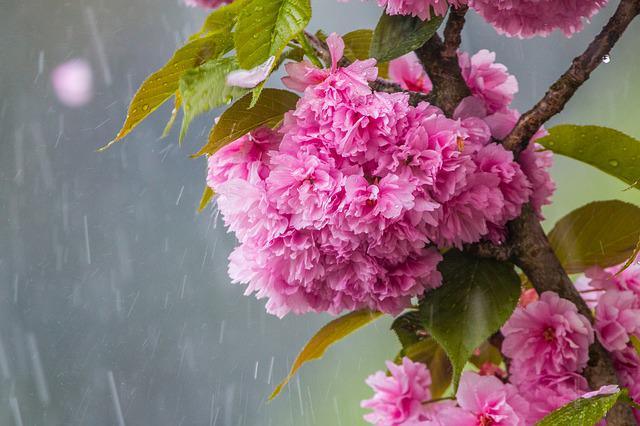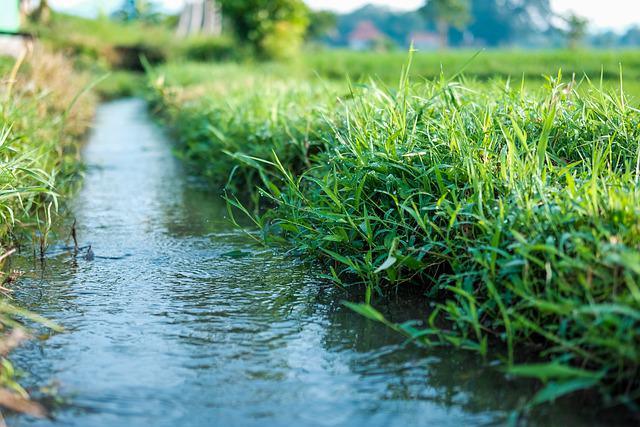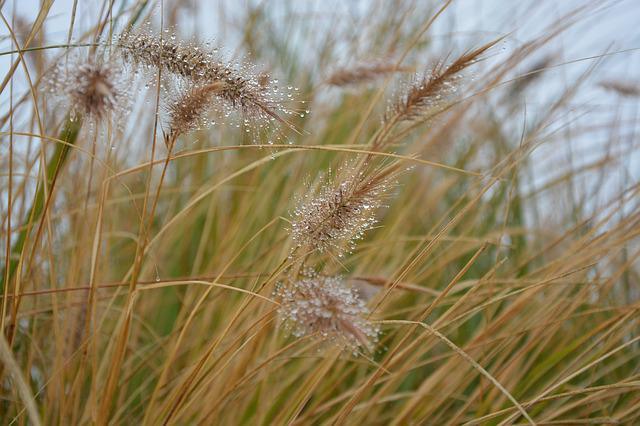What is a rain garden?
Have you ever wondered what happens to all the water that runs off from your property?
Did you know that it usually ends up in our stormwater drains which in turn lead to our waterways? Not only is that a waste of a precious resource, but the chemicals and bacteria that are in stormwater ends up in our delicate waterways.
A rain garden is a natural and attractive way to filter the nutrients and chemicals in stormwater runoff from your roof, driveway, and patios. These gardens not only keep our waterways cleaner, but also prevent your property from potential flooding, whilst adding an attractive addition to your yard.

How do rain gardens work?
Using layers of sand, soil and gravel, a drainage pipe, mulch and plants, the runoff water is naturally filtered through those layers and absorbed into the soil, preventing the harmful chemicals from entering our waterways and directing any excess water away.
- The runoff water is directed from the ground around the roof, patio etc to the rain garden drawing it away from the building.
- It is then filtered through the plants to the soil underneath, removing the chemicals and bacteria that is present.
- After this, the remaining water is then dispersed into the soil surrounding the garden which in turn helps water your remaining lawn and plants.
Benefits of rain gardens
There are several benefits to installing a rain garden.
- Rain gardens can absorb the water from most rainfall events with up to 30% more water being absorbed than a conventional lawn which can alleviate the problem of flooding and help prevent erosion.
- Rain gardens can filter out 90% of nutrients and chemicals, and remove bacteria often found in stormwater which prevents the contaminants from flowing into the stormwater drains.
- As an added benefit the plants will provide food and habitat for wildlife like butterflies and birds and be an attractive addition to your property.
- Low maintenance.

How to create a rain garden
First locate a suitable location, ideally in a low-sloping area that holds a little water. It should be at least 10’ from your building and can be in full sun to part shade.
The size of your rain garden should be determined by the size of the surface creating the water runoff and the volume of water, for a roof 7-20% of the size is the usual recommendation.
Determine what type of soil you have, sandy soils drain faster than clay soils. To keep mosquitoes at bay and maintain healthy plants, water should fully drain within a day or two.
How to maintain your rain garden
For the first 2 years or so your new plants will require on average 1 inch of water per week to get established. This can be by a combination of hand watering and rainfall. Water when the top 2 inches of soil appears dry. Encourage deep roots by watering deep and less often which makes the garden less susceptible to flooding and drought. Your rain garden, once established, will potentially only require watering in a drought.
Remove weeds as they appear to prevent them from seeding and invading the garden. As the rain garden filters nutrients from the water, the garden will usually not require any fertilising.

Rain garden plants
When considering which plants would be suitable, first consider the position of your rain garden. Choose plants depending on the positioning of the garden with the amount of sun and shade available. Shorter plants which root deeply are a perfect option as they hold the soil together and direct water into the soil and away.
Tall grasses are also a great addition as they collect pollutants and prevent silt build-up. It is also a good idea to check your local nurseries for what plants are native to your area.
